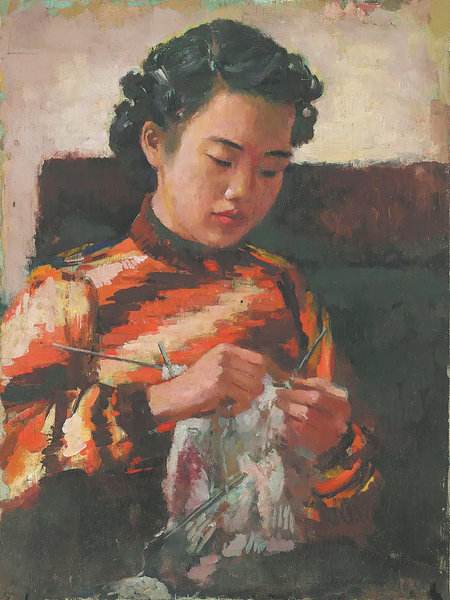

At 16, Jiang left his home in Luxian, a small county in Sichuan province, and arrived in Shanghai to make his way.
He worked odd jobs, including at photo studios and in department stores.
"Shanghai was at the time a major economic and cultural center to pioneer the trends in education, literature, arts, cinema and theater, among others," Ruan says.
"Jiang began with designing signboards and window displays, and then, nurtured by Shanghai's diverse cultural scenes in pace with international trends, he moved on to create more art styles."
Jiang rose to be a leading figure in commercial art and design in the 1920s in Shanghai, together with other modern artists such as Ye Qianyu and Zhang Guangyu. His works were of dynamism and reflected a modern aspect.
He engaged in advertisements, fashion design and photography to be sensitive to pop culture. In the meantime, he learned Chinese ink and oil painting, as well as sculpture, to compare the differences and similarities in presentation of Chinese and Western art.